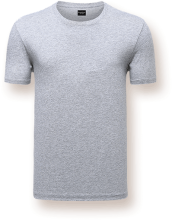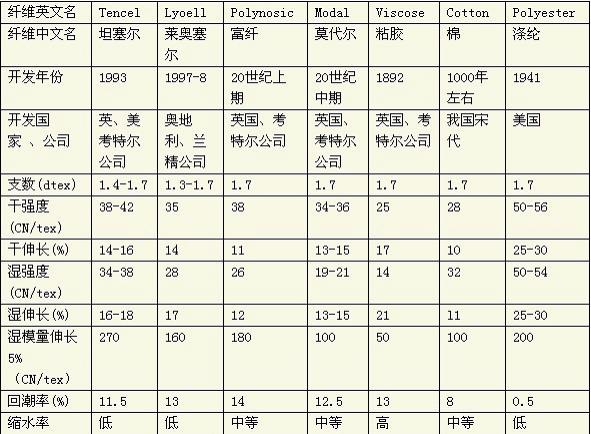1. These are all wood pulp fibers, regenerated cellulose fibers
1st generation wood pulp fiber: Viscose
2nd Generation Wood Pulp Fiber: Modal
3rd generation wood pulp fiber: Lyocell
Regenerated cellulose fiber is made from natural cellulose such as cotton linter, wood, bamboo, bagasse, reed, etc., through chemical treatment and mechanical processing achieved by a bamboo t shirt manufacturer or other clothing manufacturers.
Among these fibers, Viscose, Modal, Lyocell, Triacetate, Polynosic, Cupro and bamboo fibers belong to the category of regenerated cellulose fibers.

2. Viscose and rayon
First of all, it needs to be clear: Viscose and Rayon both represent viscose fibers, there is no difference. Viscose Rayon is also used to represent viscose in some places.
In Europe, the ISO standard is used to use Viscose, while the US FTC is used to use Rayon, and later the United States also recognized ISO's Viscose.
In China, in order to distinguish viscose filament and staple fiber, some people use Viscose to represent filament, call it rayon, and use Rayon to represent staple fiber, call it rayon. (We can call it the first generation of viscose)
3. Modal
Modal is a regenerated cellulose fiber of High-wet-modulus (HWM).
In the early 1940s, Japan successfully developed high wet modulus viscose staple fiber, called "Toramomen tiger kapok", and China also produced this fiber in 1965, named it "rich fiber", referred to as "rich fiber". This fiber overcomes the fatal shortcomings of viscose fiber, and its performance is close to that of cotton fiber. In the early 1950s, high wet modulus viscose fibers were industrially produced.
The most famous is the Austrian Lenzing (Lenzing) company, who named the regenerated cellulose fiber with high wet modulus as Lenzing Modal. Later, the term Modal was also established as a synonym for high wet modulus viscose fiber. Now there is a Modal fiber classification in the ISO standard, and Modal can be used to identify it on textile tags. (We can call it second generation viscose)
4. Tencel and lyocell
Tencel is the brand name of Lyocell fiber produced by British Acocdis Company, and its Chinese name is "tencel" registered in China. The Lyocell fiber of the Austrian Lenzing company is named: Lenzing-Lyocell.
Interestingly: In 2004, Austrian Lenzing acquired the Tencel subsidiary of Acordis, so Tencel also became Lenzing's trademark.
Lyocell fiber is a high-strength regenerated cellulose fiber which can be used for eco friendly wholesale clothing. (See the third category in Table 1) In 1989, it was officially named by the International Man-made Fiber and Synthetic Fiber Committee. The U.S. FTC has made Lyocell a classification under viscose that can be used on textile labels. (We can call it the third generation viscose)
5. Performance comparison between each fiber:
